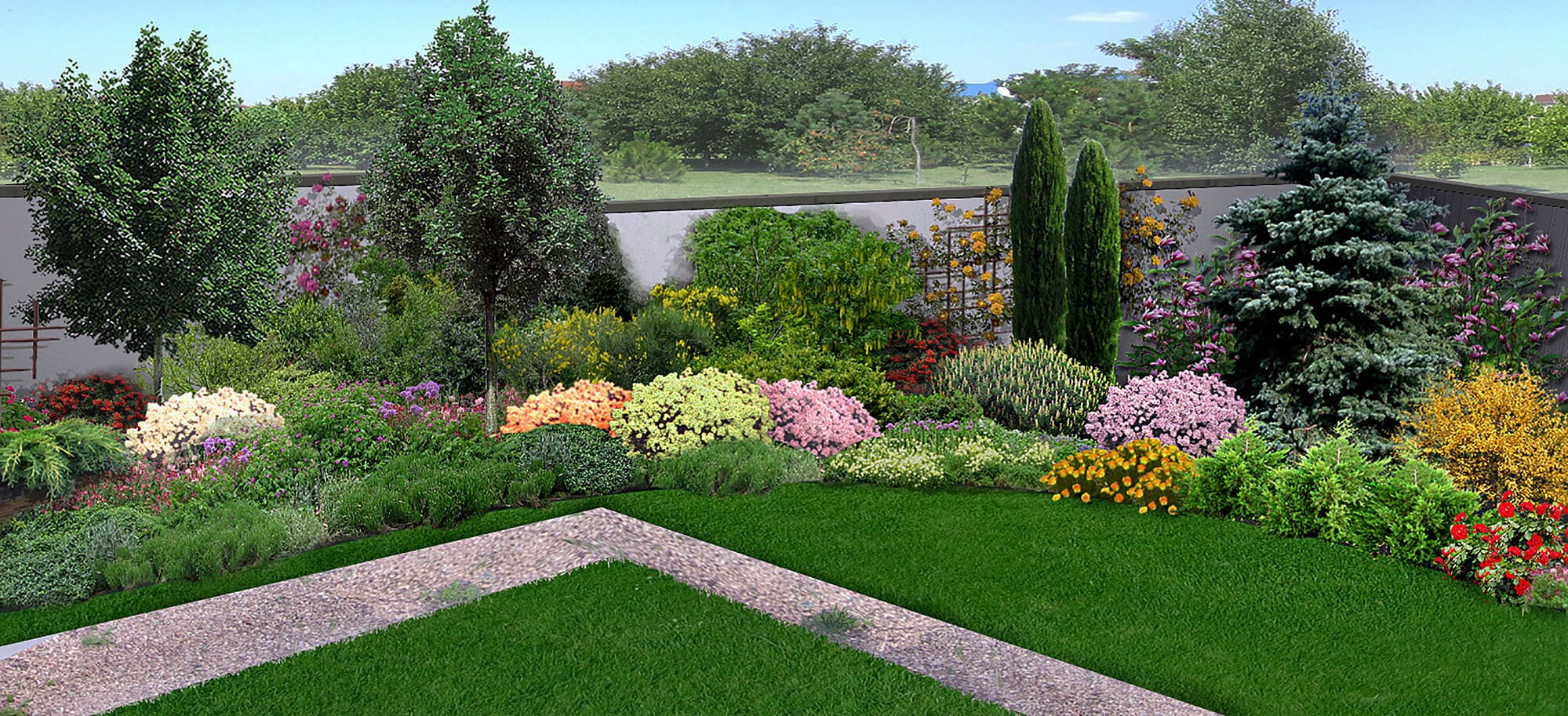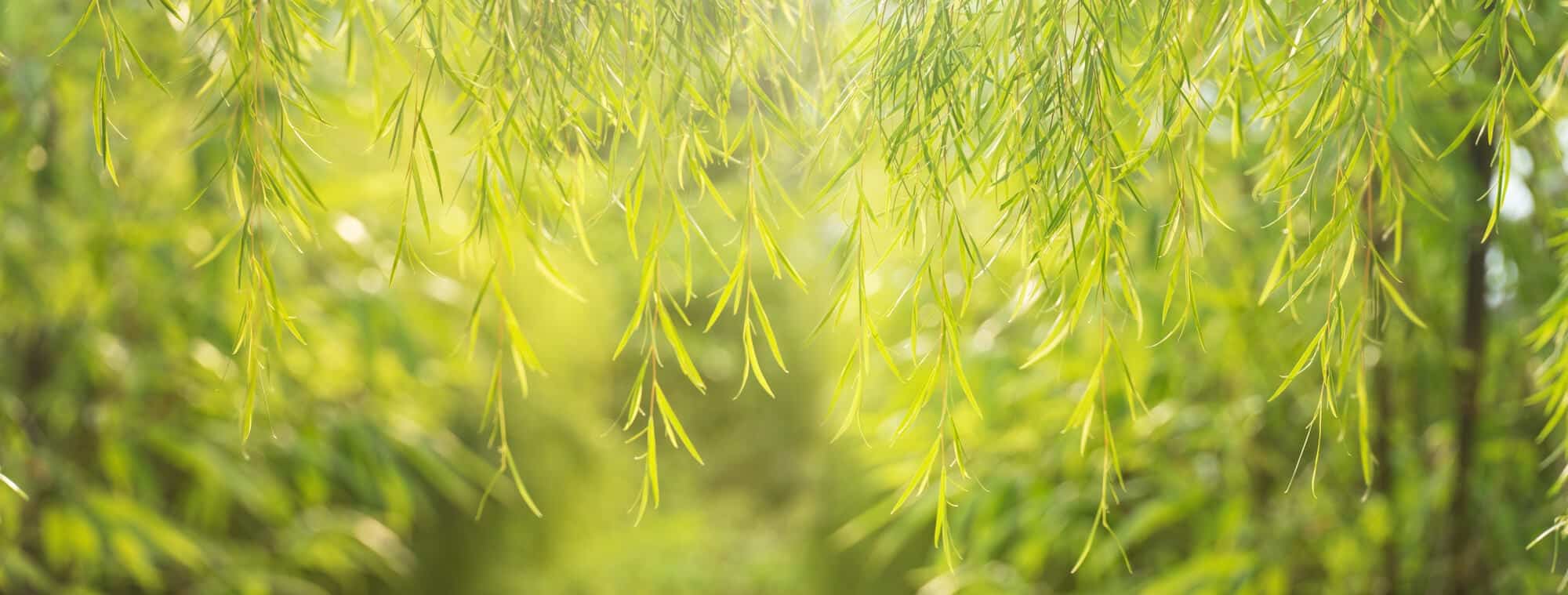
Every landscaping enthusiast knows that trees provide many benefits for the local community and biodiversity besides offering beauty and shade. Trees and other foliage help reduce stress rates. People’s heart rates drop when they are in the presence of trees. In turn, property values increase when there are beautiful, mature trees nearby. Trees also help protect the area animals and insects, including bees. In chilly climates like Minnesota, trees also offer a natural buffer against the winds.
As a result, there are countless reasons to plant a tree. However, not all trees can survive the brutal Minnesota winters. We’ve covered the best colorful plantings for winter, now it’s time to choose hardy trees that will thrive through all Minnesota seasons.
Here are 12 sturdy options that you can use to adorn your yard today.
1. Prairie Crabapple
Crabapples are a bit of a misnomer, they do grow fruit, but the tiny apples are very bitter and barely edible. Fully-grown trees can reach 10-20 feet tall. Crabapple trees are the most famous for their hundreds of flowers that explode in a kaleidoscope of colorful blossoms in the spring.
2. Plum Trees
Plum trees are hardy-growers and provide ornamental fruit that creates an attractive focal point for your yard. The La Crescent, Pipestone, Superior, and Underwood varieties of plums all grow within the state.
The La Crescent grows a yellow plum that appears somewhat like an apricot. The Pipestone produces sizable red fruit and is best grown in drier parts of the state. If you live in southern Minnesota, you could try the Superior variety. It may not be as hardy as the other three, but it produces large amounts of dark-red fruit. The Underwood variety is perfect for growers in the northern part of the state. It is a hardier, fast-growing tree that provides medium to large-sized plums.
3. Amur Maackia
Amur Maackia is a compact, rounded tree that is perfect for smaller landscapes. It is part of the pea family. White, long flower buds pop out during summer when not much else is blooming. The bark also remains a speckled olive color throughout the winter. The tree can adapt to both alkaline and acidic conditions.
3. Silver Queen Maple
The Silver Queen Maple is aptly named for the white underside of its brightly colored leaves that are green in the summer and yellow in the autumn. While the tree does have shallow roots, it grows a vigorous four to five inches a year and can survive in cold climates.
4. Heritage River Birch
This birch has beautifully textured, peeling bark, and it looks stunning when lit up at night. It adapts well to wet, poorly drained soil but is also resistant to mild drought. They can grow to be up to 50 feet tall.

5. Willow Tree
Willows are renowned for their wispy branches, and they grow well near bodies of water. Minnesota has four willows: Weeping Willow, White Willow, Laurel Willow, and Corkscrew Willow. None of the willows will grow in the state’s coldest parts (a hardiness zone of 2). The Corkscrew Willow and Laurel WIllow only grow in the southern portion of the state. Willows offer a touch of whimsy to a yard or garden.
6. Northern Pin Oak
Northern Pin Oaks are medium-sized trees that do not reach the same stature of the native White Oak species. Their fall color is a rich, deep maroon or a rusty red. The Northern Pin Oak grows acorns that are about a half-inch to ⅔ of an inch long. It grows well in partially shady or forested environments.
7. Elm Trees
When planting Elm Trees, it’s crucial to find trees that are resistant to Dutch Elm Disease. Elm Trees used to be one of the most popular and widespread varieties of landscaping trees in Minnesota. However, Dutch Elm Disease has killed millions of Elm trees. The Accolade and Triumph varieties offer disease resistance, steady growth rate, and easy care. The Prairie Expedition and the Discovery also provide disease resistance, but to maximize disease resistance, Elms should never be more than 5% and never planted within 60 feet of each other.
8. Hackberry Tree
This hardy tree easily survives in zones 2-9. It also grows vigorously, reaching its mature height quickly. The tree grows dark, purplish berries that provide food for birds into the winter months.
9. White Pine
The White Pine is symbolic of Minnesota forests. It’s the reason why loggers arrived in the area in the late 1880s. The White Pin attracts all kinds of wildlife to live in its branches, and it should be planted with plenty of space to spread out as it grows. It is relatively tolerant of soil type and shade level. Use them to line your property naturally.
10. Juneberry
There are many names for the Juneberry: Serviceberry, Shadbush, and Saskatoon. Even though Minnesota has several varieties, they are not planted often enough in landscaping. The berry harvest can stretch out for weeks, and these trees tend to crop up along the North Shore.
11. Cottonwood
Cottonwoods are famous for their fluffy seeds that can be seen floating through the air in mid-summer. The adult trees are large and dramatic with shiny leaves. They are ubiquitous in Minnesota landscaping. It’s worthy to note that the male cottonwood is a superior-quality tree that does not have the cottony-seeds. They can grow to stand 100 feet.
Plan Your Minnesota Landscaping
When planning for your unique home landscaping, remember to include trees that add appealing height, areas of interest, homes for birds and other small animals, and increase your property value. Architectural Landscaping Design is your partner in redefining your land with beautiful plants and trees. Let us show you how to create a one-of-a-kind look that will prosper in any Minnesota weather.
